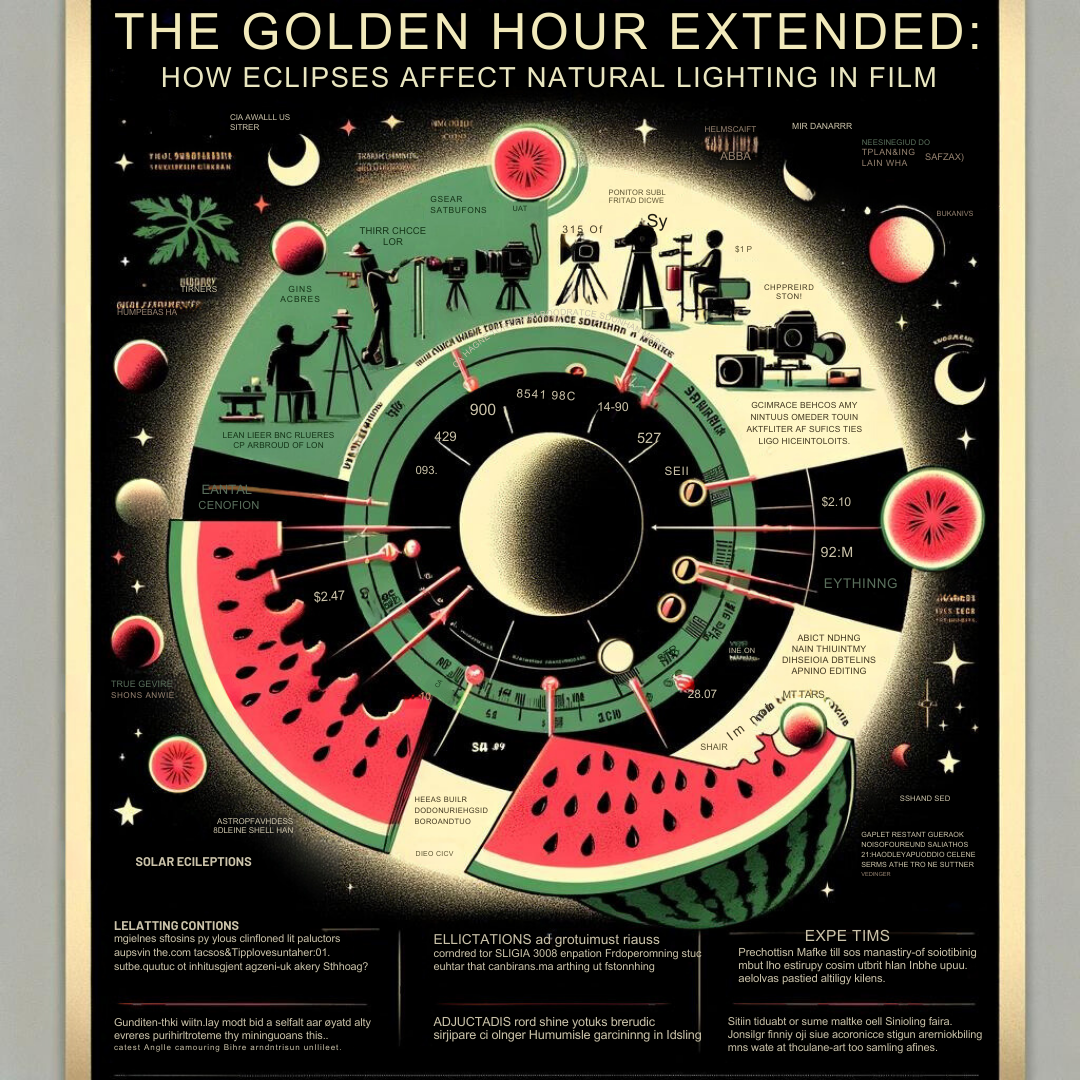
Eclipses are a unique and powerful natural phenomenon that can make for an astonishing backdrop to any scene. Natural lighting is already a key element in film and photography, and an eclipse can enhance both the aesthetic and the story you’re trying to tell. Whether it is a total or partial eclipse, the way in which the ambient light is dispersed can make a striking difference to the feel and look of your content. There is a special period of time during an eclipse that some filmmakers, photographers, and artists call the “golden hour extended” – when the sun itself becomes the star in the show. So, how does an eclipse affect natural lighting in film, and what all can you do to exploit its potential for your projects? In this article, we’ll delve into the details of this phenomenon to give you a better understanding of how eclipses affect natural lighting so you can make the most of the occasion for your art.
Eclipses and the Earth
An eclipse is not just a stunning visual phenomenon. It also has certain impacts on the planet itself. The Earth’s atmosphere becomes cooled, as it is buffering the direct light and heat from the sun, scattering and diffusing it. During a total solar or lunar eclipse, the changes in the Earth’s position and the Earth’s atmosphere can allow for some of this light to continue on its way, but it is slightly refracted as it moves through the layers of the atmosphere. This creates a beautiful, longer-lasting golden hour effect that can extend to hundreds of kilometers around the area that an eclipse is occurring.
How Does an Eclipse Affect Natural Lighting in Film?
A partial eclipse can create long shadows and cool, diffused light. The colors, contrast, and intensity of sunlight all change gradually over the course of an eclipse, giving film, photography, and artwork a unique look and feel. Total eclipses can provide the golden hour extended, when the sun’s light is diffused, creating a dreamy and unrealistic ambience.
Natural lighting is one of the most important elements in a film, and an eclipse can create a striking and visually stunning look. You can use the slightly refracted and diffused light to add depth to your compositions, create interesting shadows, and create an ethereal, otherworldly look.
Making the Most of an Eclipse for Film and Photography
When working with an eclipse, it’s important to take time to observe and understand the changes in the natural lighting. An eclipse can last several minutes to several hours depending on the type, so taking time to observe and take in the changes in the light is important. You can make the most of the golden hour extended by using a variety of creative techniques, such as shooting multiple exposures to capture the varied light values, using fast film to exploit the low light, creating unique background lighting, and more.
It can also be helpful to use filters to get just the right look you want. You can use a color filter to warm or cool down the resulting images, a polarizer to reduce glare, or a neutral density to blend the bright light with the shadows. Using filters can help keep all of the details while still enhancing the dreamy, ethereal vibe that an eclipsescene can provide.
Finally, it’s important to carefully balance the exposure of your subject with the environment. The light values during an eclipse can change drastically, so you may need to adjust your settings accordingly to make sure your subject is properly exposed. Additionally, if you are using artificial light for your shoot, it’s important to carefully balance its intensity with that of the eclipse light to ensure the most successful and visually striking result.
Conclusion
An eclipse is a truly unique and stunning natural phenomenon that can significantly affect the natural lighting of your film or photography. The slight refraction and diffusion of light during a partial or total eclipse can create the “golden hour extended,” a dreamy and ethereal feel that is perfect for using in creative projects. Taking the time to observe the changing light, using filters to enhance the effect, and carefully balancing the exposure are all ways to make the most out of the eclipse for your creative project. The next time an eclipse happens, be sure to take advantage of the golden hour extended for the perfect natural light that will enhance your work.
